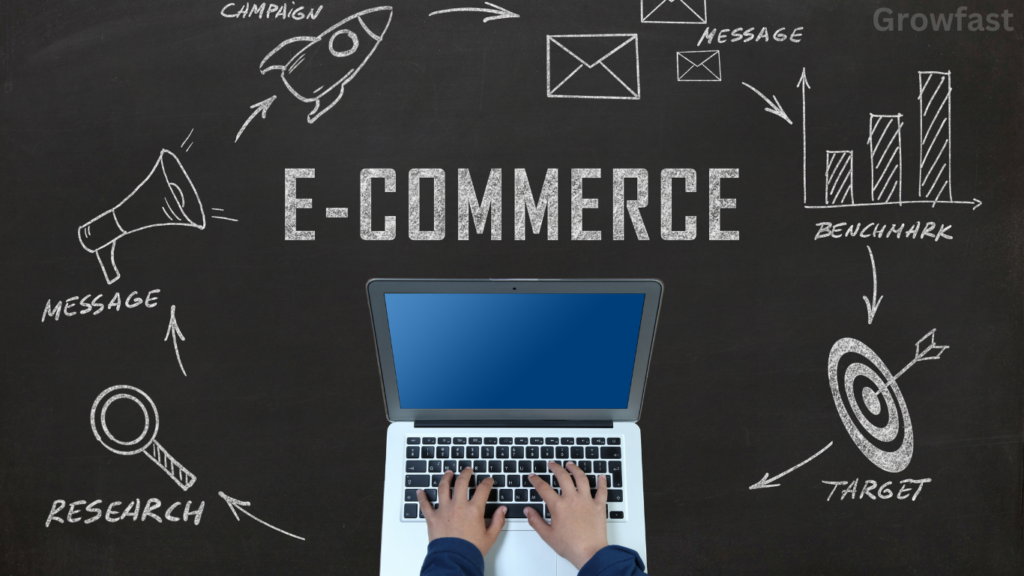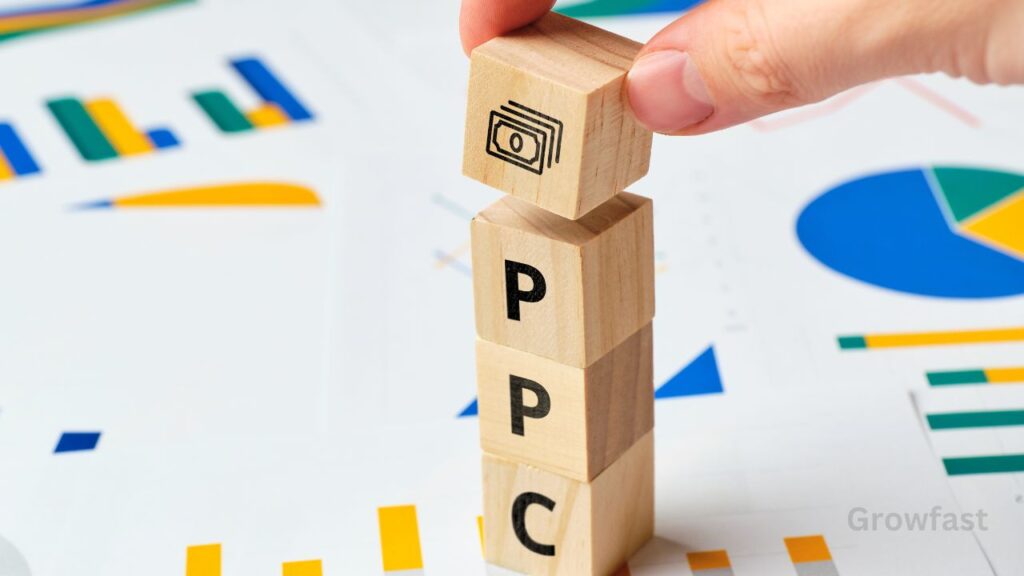Ecommerce Marketing: A Complete Guide Your Online Business
In today’s digital world, e-commerce marketing plays an important role in the success of online businesses. With millions of products online, it can be difficult to stand out, attract the right customers, and ultimately increase sales. This blog will introduce you to the essential elements of eCommerce marketing, best practices, tools and services that can help you grow your eCommerce store. What is Ecommerce Marketing? E-commerce marketing refers to the methods and techniques used to promote an online store and its products or services. The goal is to drive website traffic, convert visitors into customers, and encourage repeat purchases. In a nutshell, all of these help drive attention to your ecommerce store and convince people to buy from it. Ecommerce Marketing Strategies A strong eCommerce marketing strategy is the backbone of any successful online store. Below are some of the top ways you can grow your eCommerce business:1. Search Engine Optimization (SEO): Optimizing your website to rank higher in search engine results is essential to generate organic traffic. Focus on using relevant keywords like “best shoes online” or “affordable products” to help potential customers find you easily.2. Email Marketing: Building an email list and sending regular updates, offers and product launches can encourage repeat business. You can customize your email campaigns to keep customers engaged.3. Social Media Marketing: Platforms like Instagram, Facebook, and Pinterest are great for broad audiences. Use attractive features and paid advertising to promote your products.4. Content Marketing: Creating valuable blog posts, videos and guides can attract visitors to your site. If they find your content helpful, they’re more likely to trust your brand and make a purchase.5. Influencer marketing: Teaming up with influencers who align with your brand can help you tap into their audience. Influencers can showcase your products in a relevant and authentic way, driving more traffic to your eCommerce store.6. Pay-Per-Click (PPC) Advertising: Google ads and social media ads allow you to target a specific audience. You only pay when someone clicks on your ad, making it a cost-effective way to drive traffic to your store. Ecommerce Marketing Tools With the right tools in place, your eCommerce marketing efforts can be efficient and successful. Here are some popular tools you can use:1. Google Analytics: This tool helps you track website traffic, understand customer behavior, and measure the effectiveness of your marketing campaigns.2. Mailchimp: A popular email marketing tool, Mailchimp lets you schedule and send email campaigns, manage your subscriber lists, and analyze email performance.3. Hootsuite: Hootsuite is a social media management tool that allows you to schedule content, manage multiple social media accounts, and track engagement.4. Shopify: For businesses that work on Shopify, the platform offers a range of apps to help with marketing, such as email integration, SEO tools, and social media plugins.5. SEMrush: SEMrush is an all-in-one tool for SEO and content marketing. It helps you find top keywords, analyze competitors, and improves your online visibility. Ecommerce Marketing Services Some e-commerce companies choose to outsource their marketing to experts. If you don’t have the time or skills to handle all aspects of marketing, hiring an e-commerce marketing agency can help. These companies offer a range of services, e.g.• SEO optimization• Social media management• Email marketing• PPC campaign design• Content creationAn experienced e-commerce marketing agency can provide business guidance and help you create a marketing strategy that fits your business needs How to Increase Sales in Ecommerce Increasing sales is the ultimate goal of any eCommerce business. Here are some tips on how to increase sales in e-commerce:1. Improve website user experience (UX): Make sure your website is easy to navigate, loads fast and offers a seamless shopping experience. If customers find your website difficult to use, they are more likely to leave.2. Offer discounts and promotions: Create limited-time offers, discount codes, or special packages to encourage customers to buy. Customers love a good deal!3. Abandoned cart emails: Send reminder emails to customers who have abandoned items in their cart. Sometimes a small push can get them to complete their purchase.4. Customer Reviews: Encourage customers to leave reviews. Good reviews build trust and can influence new customers to make a purchase. Best Ecommerce Marketing Platforms The platforms you use for marketing can have a huge impact on your success. Some of the best eCommerce marketing strategies include:• Facebook and Instagram: Great for visual content and targeted advertising.• Google Ads: Great for targeting search-based marketing to people who are actively searching for products similar to yours.• Pinterest: Good for niche products, especially in DIY, fashion, and lifestyle.• YouTube: Create video content to reach more people. Best Ecommerce Marketing Strategies for Small Businesses Strict financial systems for doing business can be difficult for small businesses. Here are some of the best eCommerce marketing strategies for small businesses:1. Focus on SEO: Organic traffic is free, and SEO can help you rank higher on Google without spending a fortune.2. Use free social media tools: Platforms like Instagram and Facebook allow you to connect with customers without a huge budget. Create interesting content and use hashtags to reach a wider audience.3. Email Marketing: Building a strong email list allows you to market directly to your customers. Newsletters, promotions and other mailings can help retain customers who pay less for advertising. How to Grow Your Ecommerce Store with Digital Marketing To grow your ecommerce store through digital marketing, you need a solid strategy that includes:• Brand awareness: Use social media and content marketing to introduce your brand to a new audience.• Customer retention: Focus on building relationships with your current customers through personalized email loyalty programs and excellent customer service.• Performance management: Use tools like Google Analytics to track the success of your marketing campaigns and optimize through data. Ecommerce Marketing on a Budget If you’re working with a limited budget, there are still plenty of ways to market your eCommerce store effectively:1. Use organic traffic: Focus on SEO and content marketing to attract visitors without paying for advertising.2. Influential partnerships: Work with micro-influencers who cost less but have a loyal audience. This can be an






